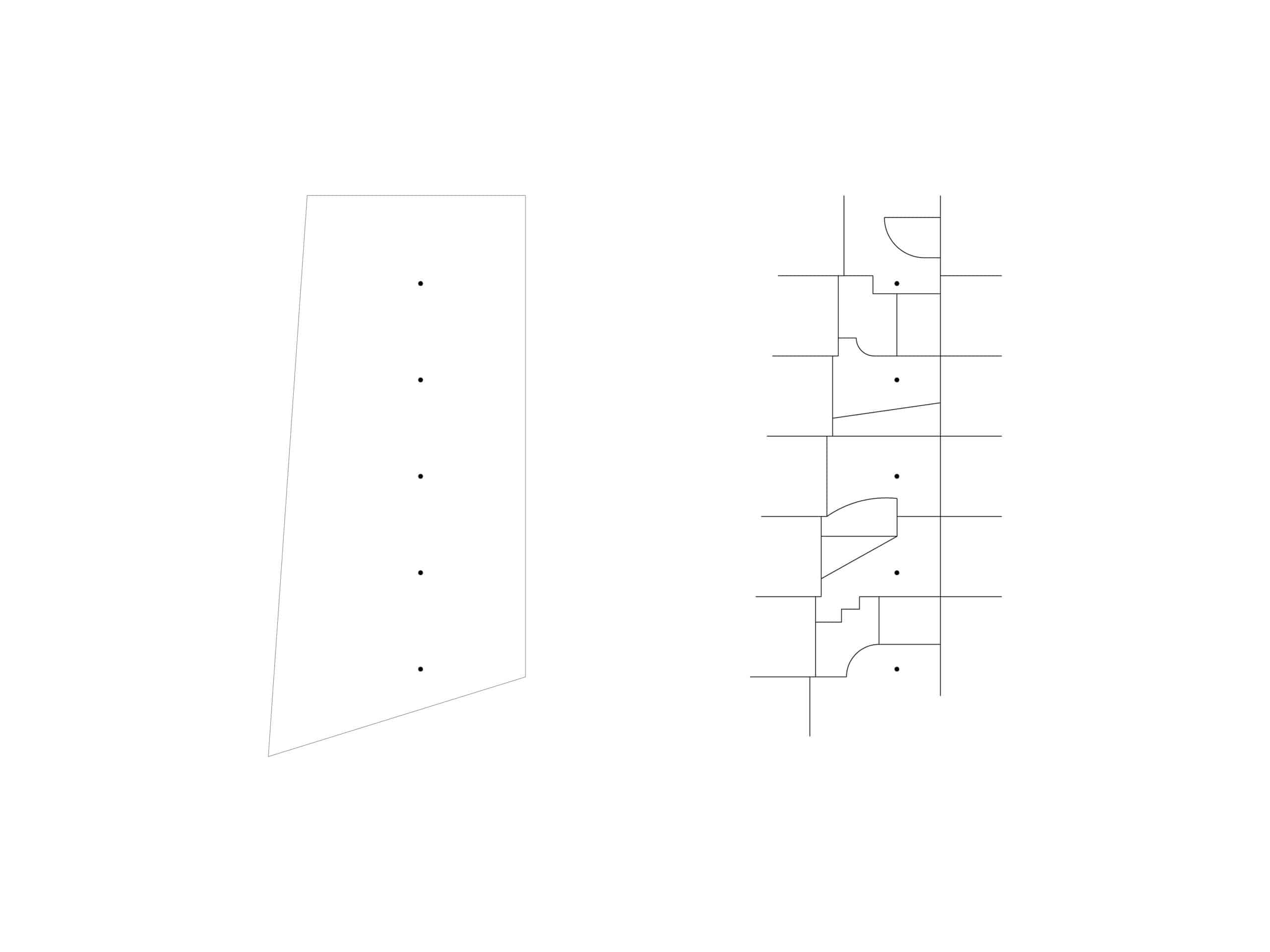fala: butterflies
– fala
This is the final of eight articles in which the partners at fala examine different approaches to drawing and imagery within their practice as designers.
Every discussion ends in a few drawn lines as words don’t do the job as well. A project is usually sketched between the lines that define its principal gestures. We sketch as we talk. We are bad at sketching. In the moment we don’t pay attention to details. The outlines are gradually filled with lines, and the perimeters are separated from the inner skeletons. The first curves and diagonals suggest main and secondary spaces.
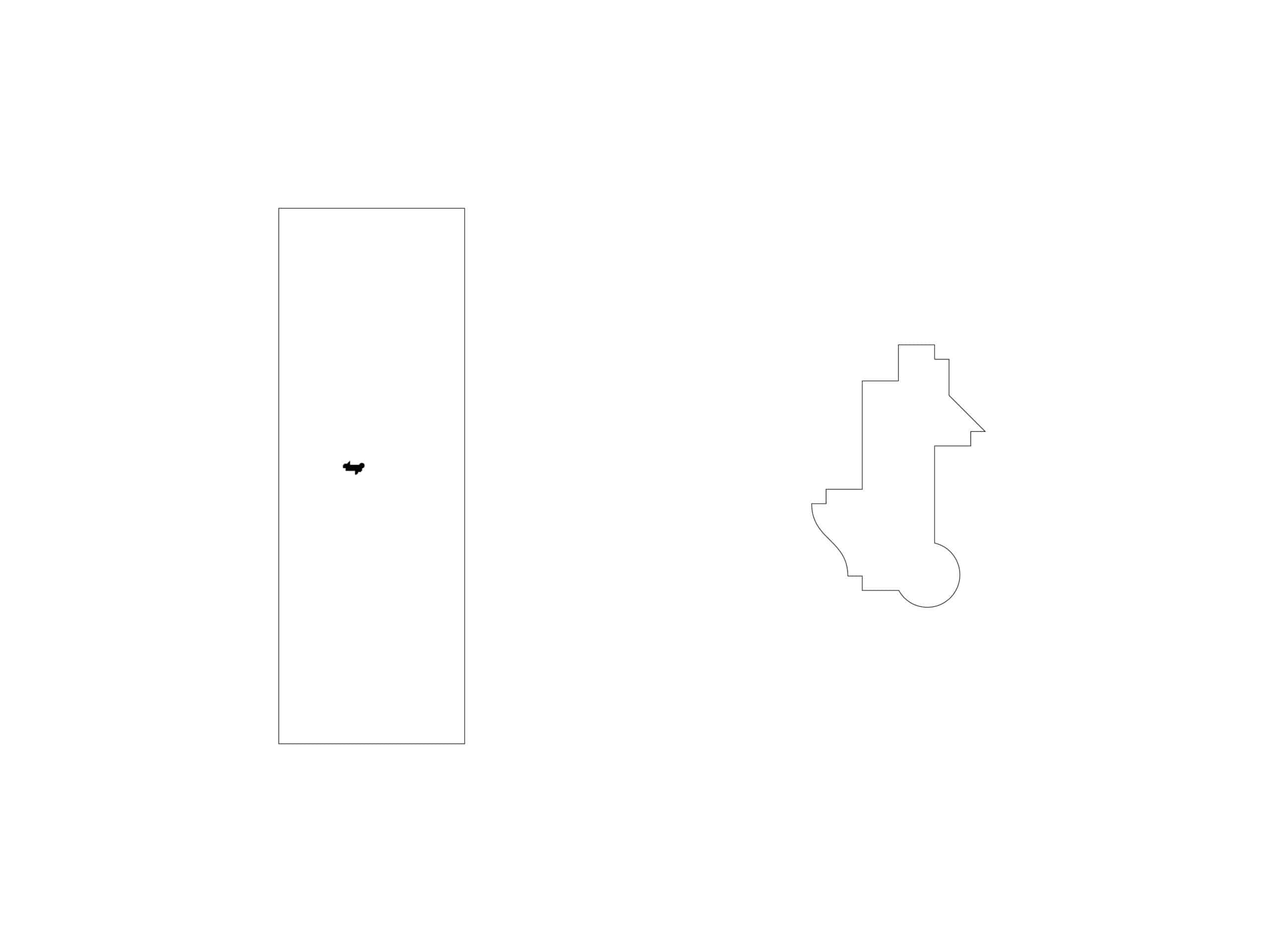
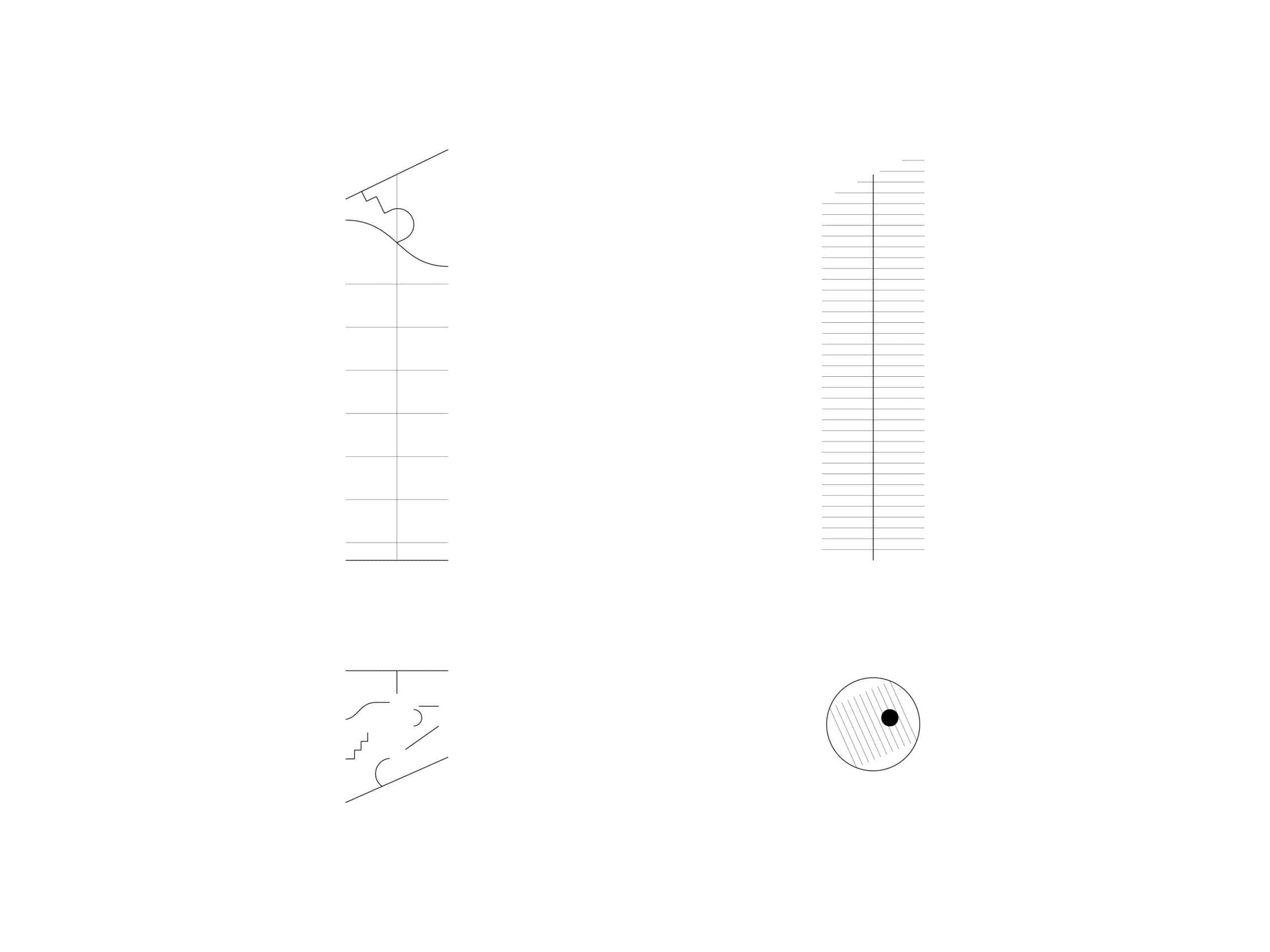
Butterflies are quite close to single lines, but they are not drawings of the project, they are drawings from the project. The result is a set of purposefully laconic lines and figures that generate misreadings and seductive ambiguities. Facades become grids of columns, plans look like fish bones, and kitchen elevations look like giant buildings. To put it simply, plans occasionally become facades, and facades generate even better plans.
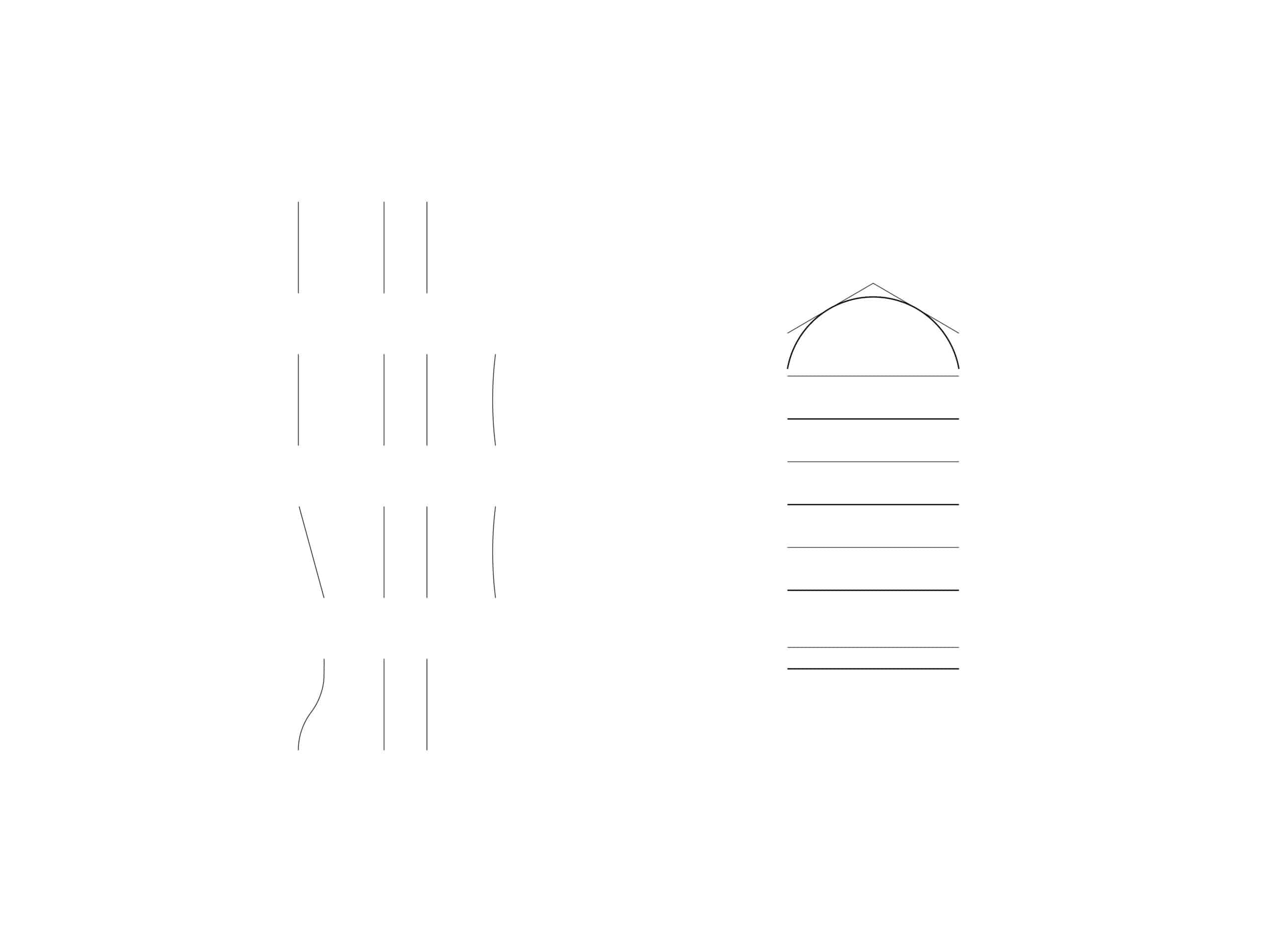
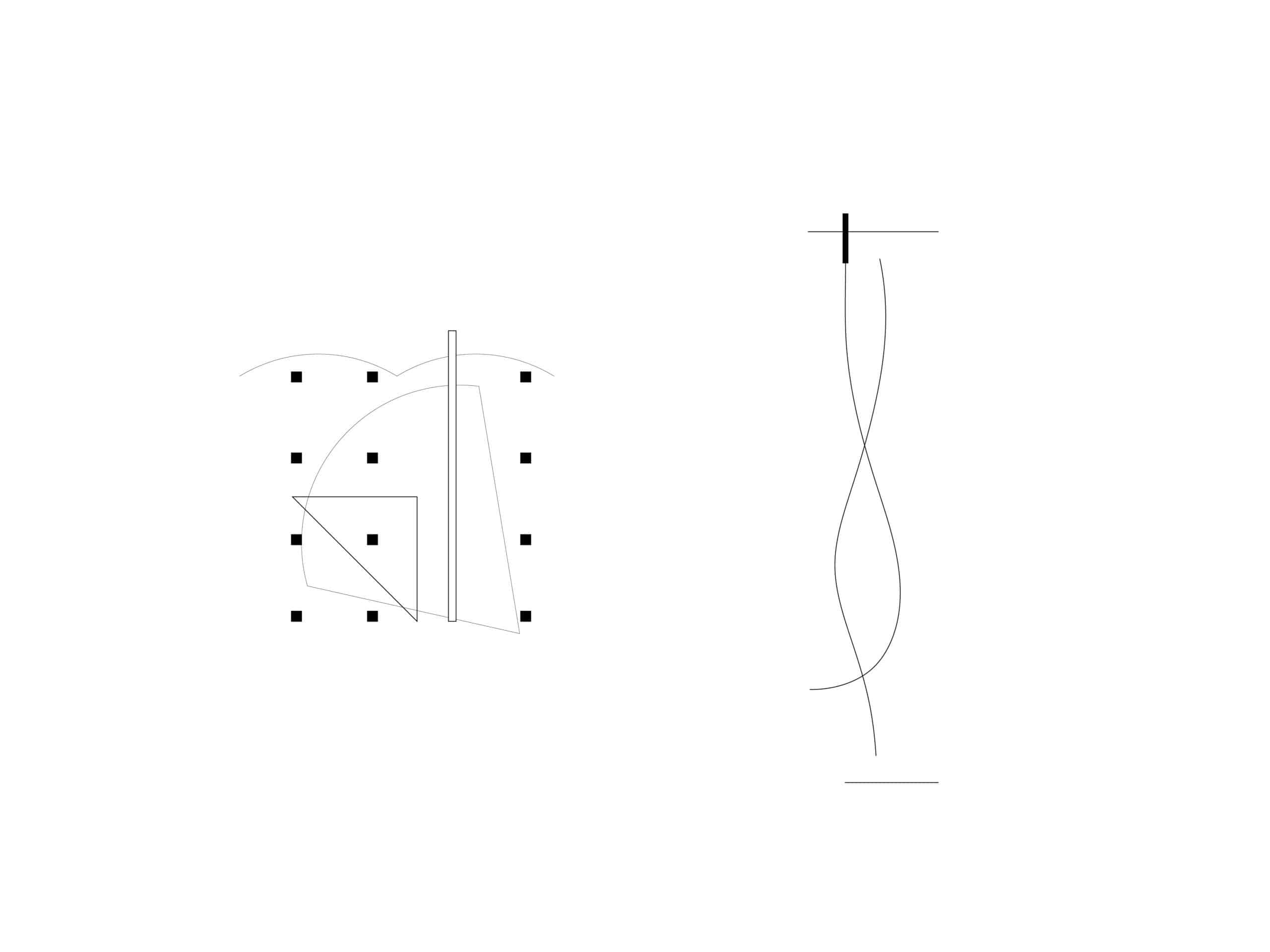
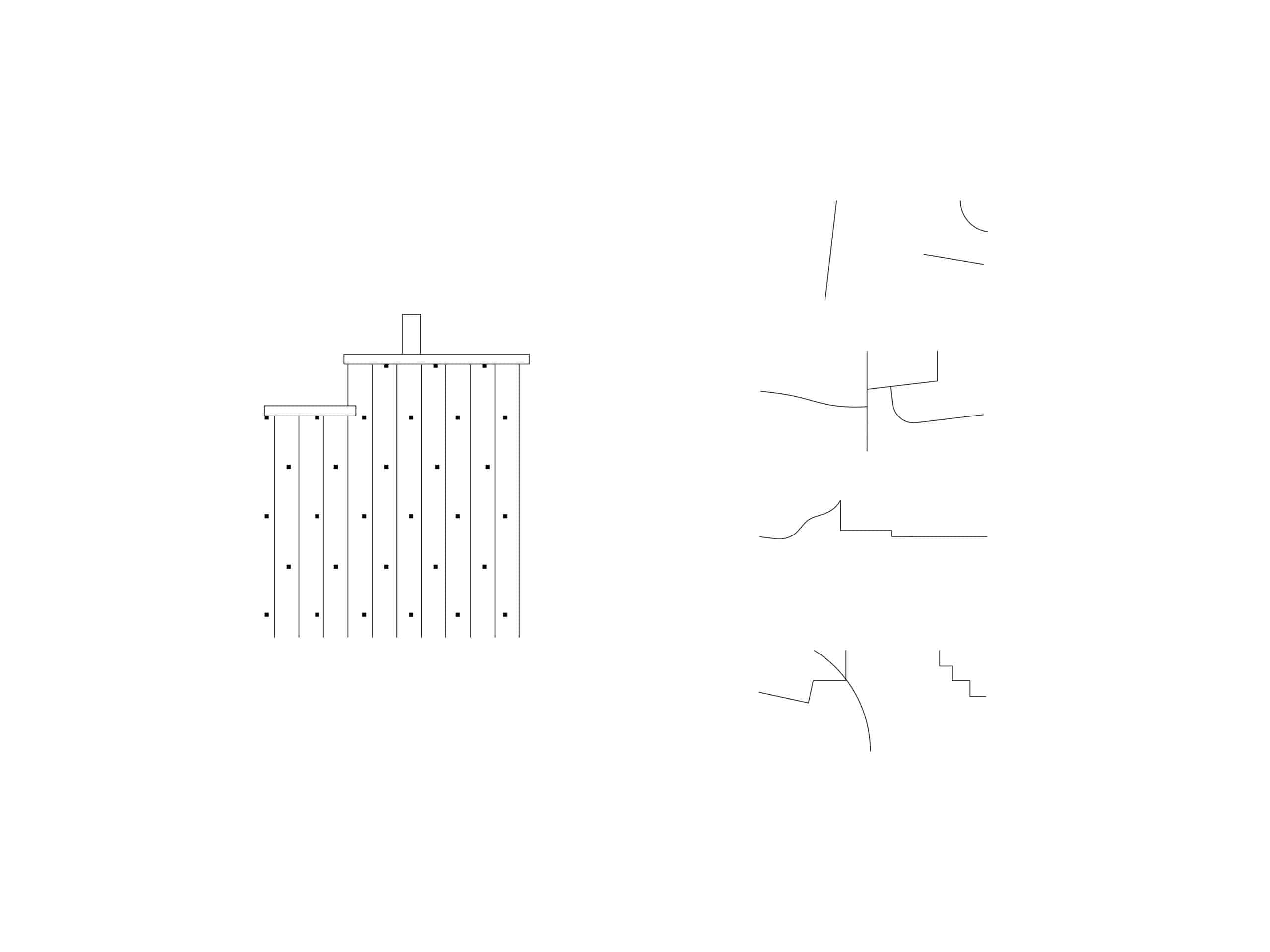
Butterflies require a different kind of decoding than single-line drawings. Each project ends up with a few. To draw them you must imagine the rest of the project and assemble it out of bits and pieces. It is radically open in that sense because it allows for many interpretations and possibilities. Butterflies have no hierarchies and select the tensions they want to show from project to project.
Butterflies celebrate space by pointing out elaborate geometries. They turn patterns into nonsensical structures. Some have two lines; others are a line and a dot. Some are dense confetti of curves and figures. Butterflies are impractical, but they add a postface to the overall narrative of a project and its particular ideas. In a way, they are the first and the last drawing – an uncertain preliminary sketch and the shortest summary.
